9 GPTs for Motion Graphics Powered by AI for Free of 2025
AI GPTs for Motion Graphics are advanced tools designed to enhance the creation and manipulation of motion graphics using Generative Pre-trained Transformers technology. By leveraging AI, these tools offer tailored solutions for generating, editing, and animating graphics dynamically. They are pivotal in streamlining workflows, automating repetitive tasks, and providing creative suggestions, making them invaluable for professionals and enthusiasts in the motion graphics domain.
Top 9 GPTs for Motion Graphics are: AfterEffects Assistant,After Effects Animation & Expression Builder,GSAP Genius [v3],Photoshop Assistant,Scripting AE & PP,Blender Master,AE Expressioneer,Graphic Designer,AE Expression Guru
AfterEffects Assistant
Empowering your After Effects projects with AI
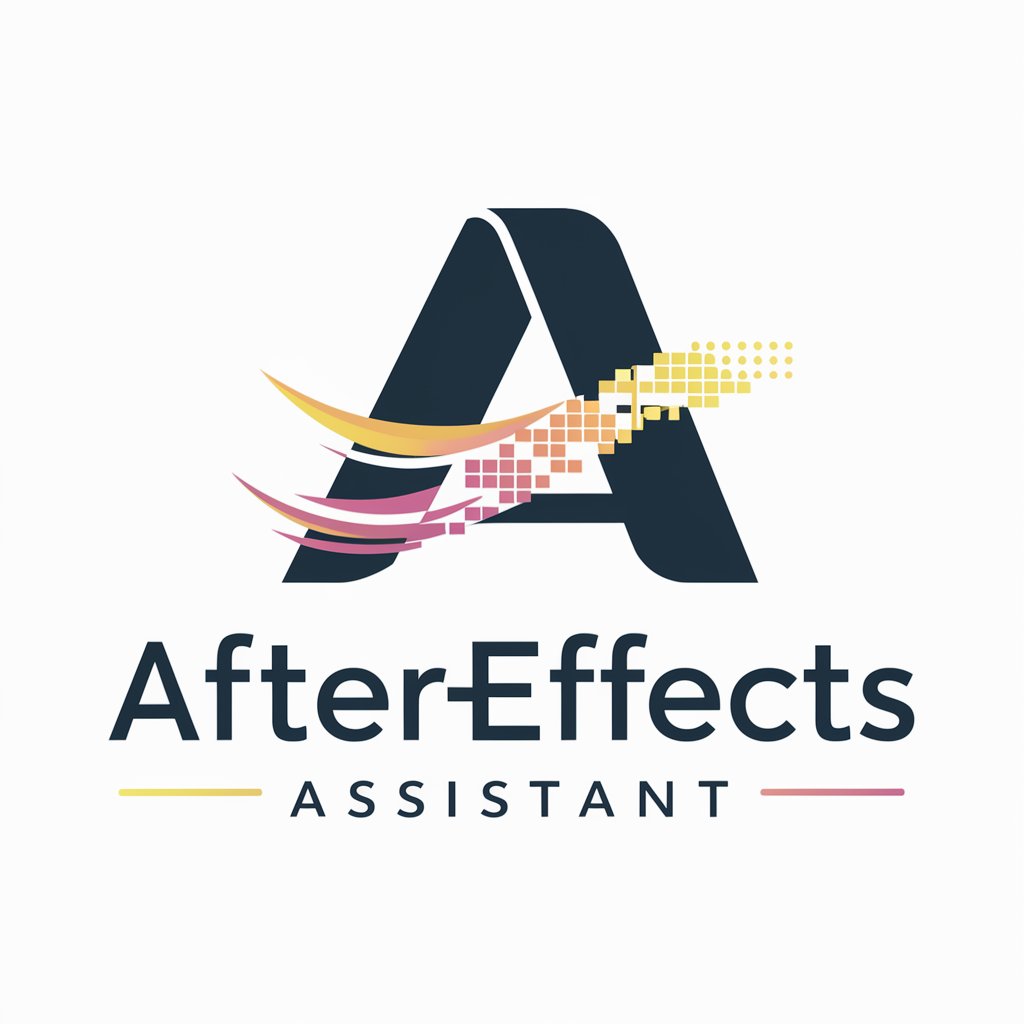
After Effects Animation & Expression Builder
Animating Made Easy with AI-Powered Guidance
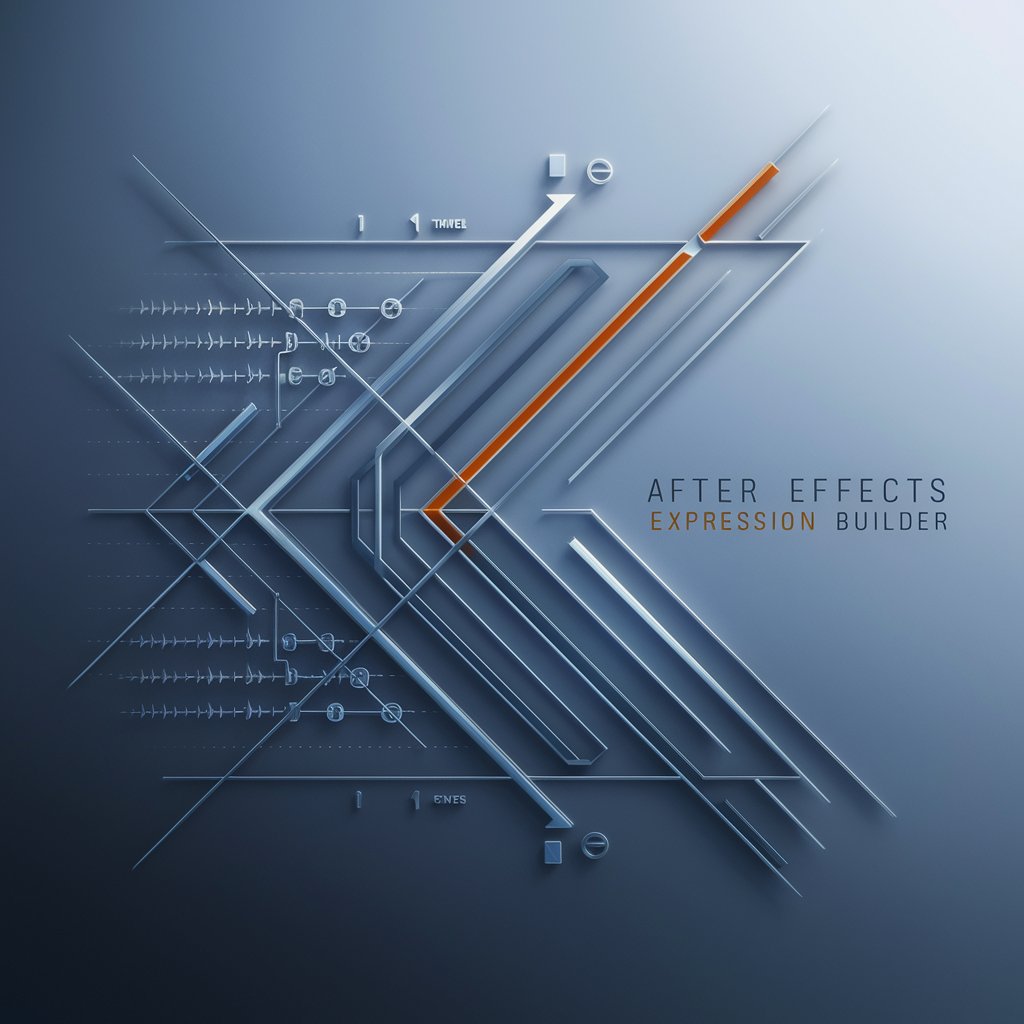
GSAP Genius [v3]
Animating the Web with AI Power
![GSAP Genius [v3] in GPT Store](https://r2.erweima.ai/i/FJtmZuoVTMWjckRy27d53w.png)
Photoshop Assistant
AI-powered Photoshop expertise at your fingertips.
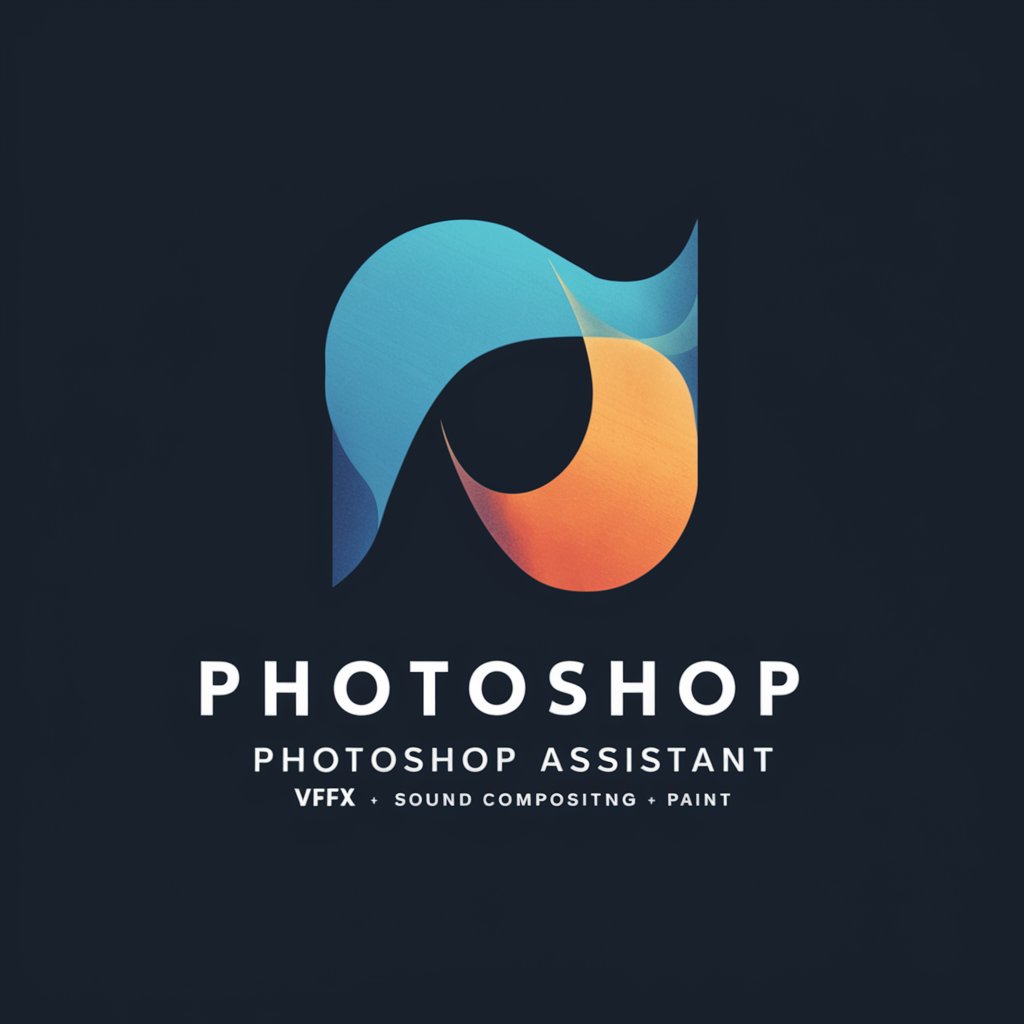
Scripting AE & PP
Automate Creativity with AI
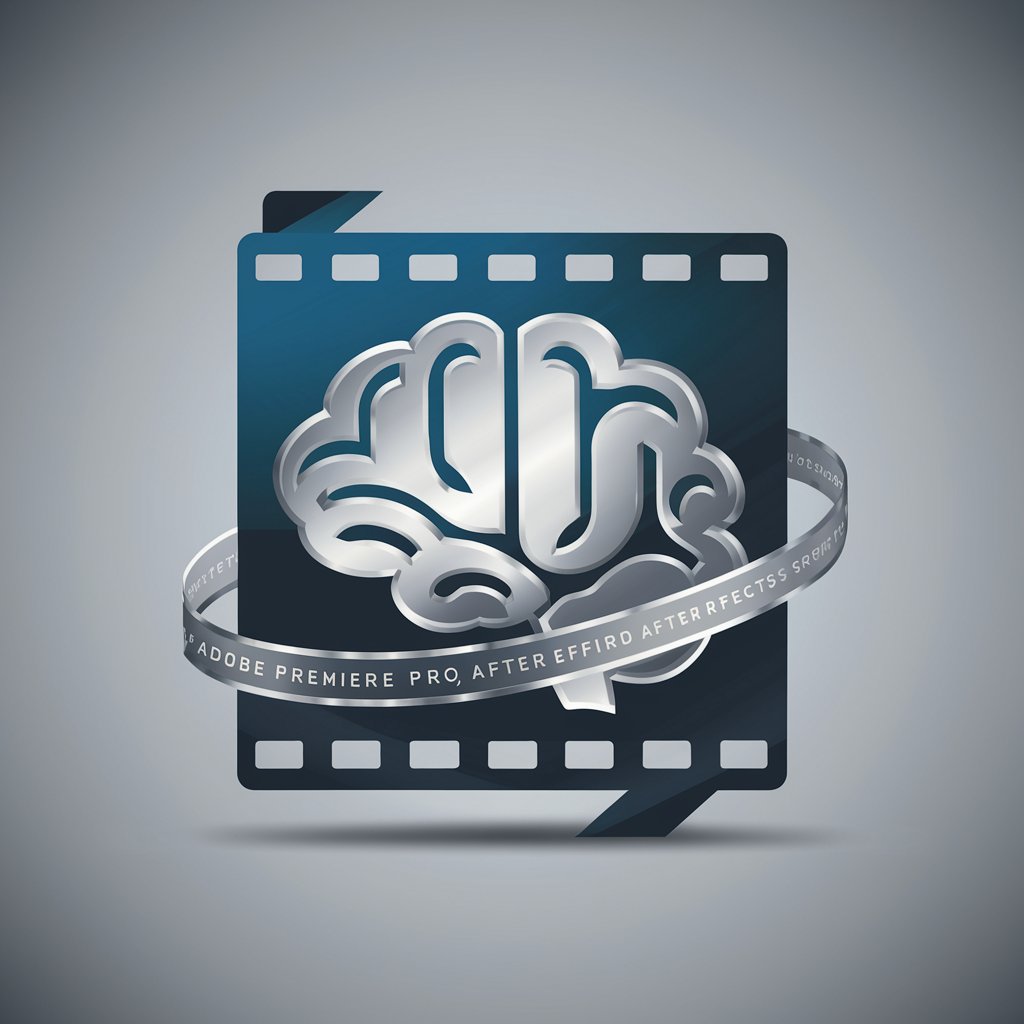
Blender Master
Unlock 3D Creativity with AI-Powered Guidance
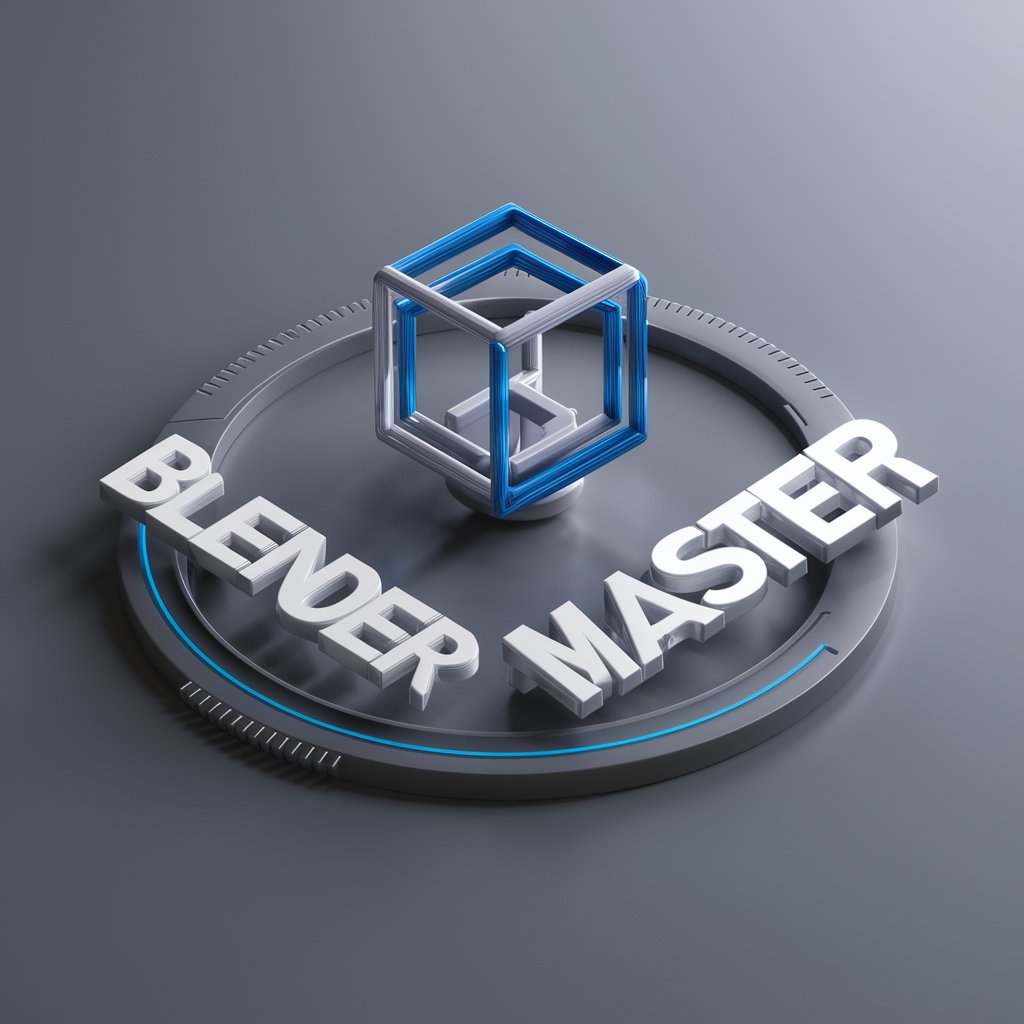
AE Expressioneer
Empowering your After Effects projects with AI
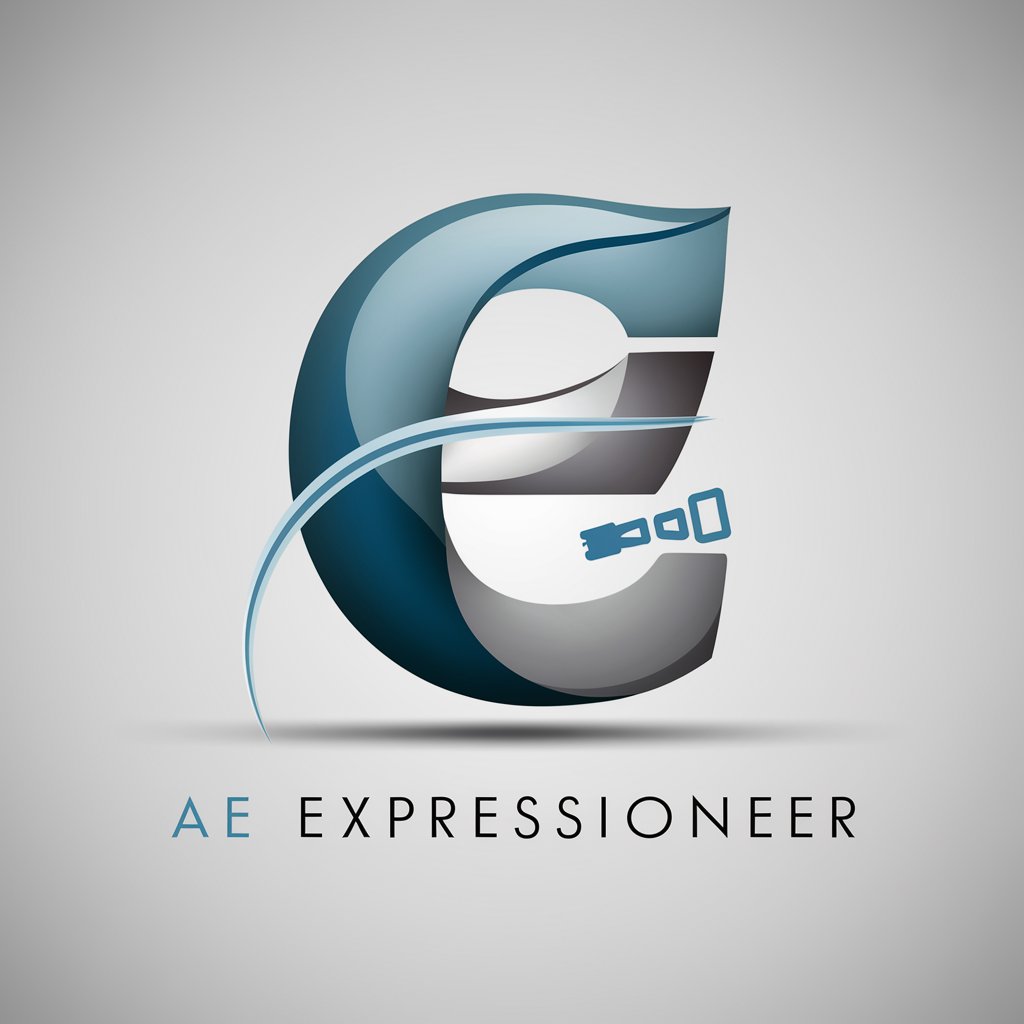
Graphic Designer
Empowering Design with AI

AE Expression Guru
Unlock the power of AE expressions with AI-driven insights.
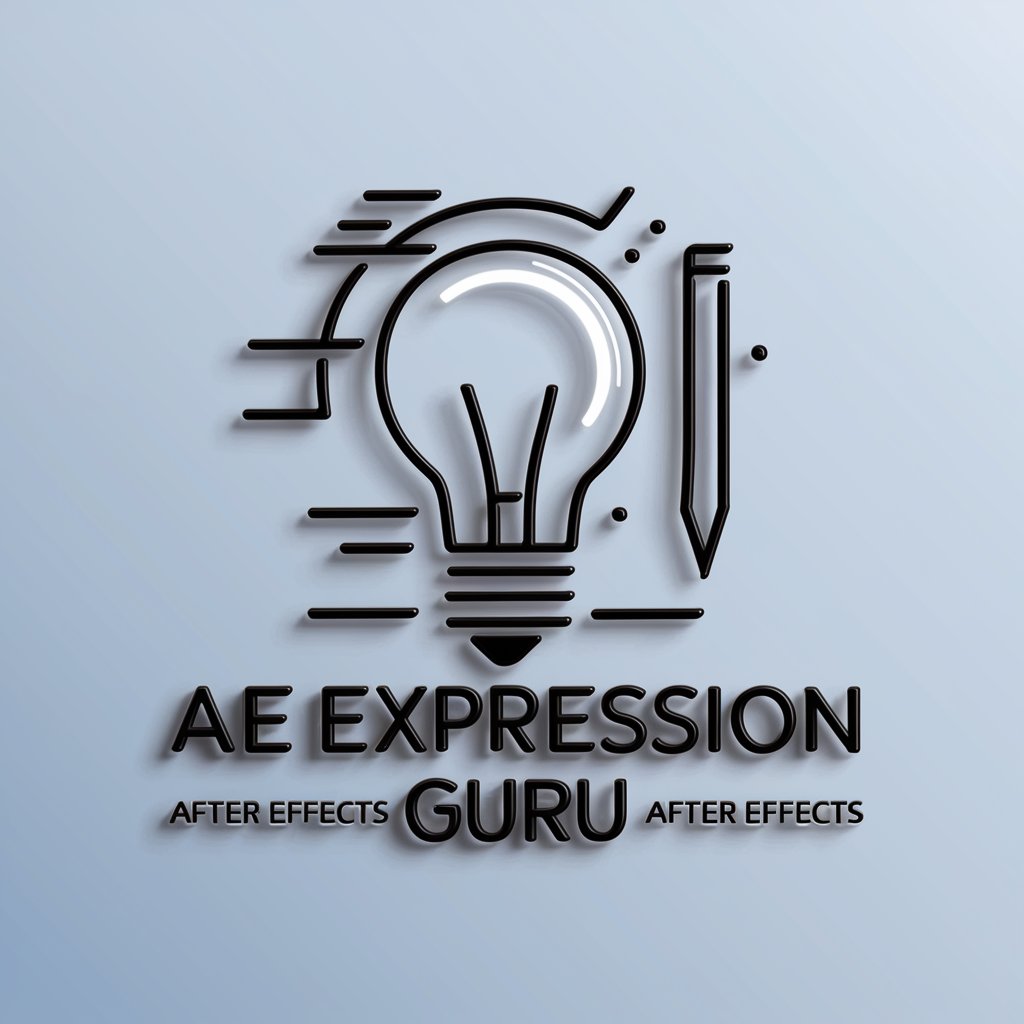
Key Attributes of AI Motion Graphics Tools
These AI GPTs stand out for their versatility and adaptability, catering to a range of tasks from generating simple animations to complex visual effects. Key features include natural language understanding for intuitive interaction, advanced image and video generation capabilities, real-time data analysis for dynamic content creation, and extensive customization options. Additionally, technical support and the ability to learn from user input further enhance their utility and performance in motion graphics projects.
Who Benefits from AI in Motion Graphics
AI GPTs for Motion Graphics are designed to cater to a wide audience, including novices seeking to explore the field, developers integrating AI capabilities into their tools, and professionals aiming to elevate their work with advanced technology. They offer an accessible entry point for those without coding skills, while also providing powerful customization and automation options for experts, making these tools versatile for various creative and technical needs.
Try Our other AI GPTs tools for Free
Sticker Design
Explore the innovative world of AI GPTs for Sticker Design, where creativity meets technology to streamline your design process and bring your ideas to life with ease and precision.
LINE Compliance
Discover how AI GPTs for LINE Compliance streamline digital content regulation, offering tailored, automated solutions for businesses and creators on LINE.
Commission Planning
Discover how AI GPTs for Commission Planning revolutionize incentive management with automated calculations, real-time tracking, and predictive analytics for sales commissions.
Investment Attraction
Discover how AI GPTs for Investment Attraction can revolutionize your investment strategy with advanced analytics, market insights, and personalized opportunities.
Text Evaluation
Explore how AI GPTs for Text Evaluation revolutionize content analysis with advanced, user-friendly tools designed for accuracy and efficiency.
Daily Update
Discover how AI GPTs for Daily Update can transform your content creation and information dissemination with advanced, adaptable AI technology.
Expanding Horizons with AI in Motion Graphics
AI GPTs offer a transformative approach to motion graphics, enabling more dynamic, creative, and efficient production processes. Their user-friendly interfaces make powerful technology accessible to a broad audience, while integration capabilities ensure they can be seamlessly incorporated into existing systems, opening new possibilities for innovation and creativity in various sectors.
Frequently Asked Questions
What exactly are AI GPTs for Motion Graphics?
AI GPTs for Motion Graphics are artificial intelligence tools tailored for creating, editing, and animating motion graphics. They leverage GPT technology to understand natural language inputs and automate complex tasks in the motion graphics process.
How can these tools enhance my motion graphics projects?
These tools can streamline your workflow by automating repetitive tasks, generating creative content ideas, and providing real-time technical support and data analysis, allowing for more efficient and innovative project development.
Do I need coding skills to use AI GPTs for Motion Graphics?
No, these tools are designed to be accessible without coding skills, offering intuitive interfaces and natural language processing capabilities that simplify complex tasks.
Can professionals and experts benefit from these tools?
Yes, professionals can leverage these tools for advanced customization, automation, and integration into existing workflows, enhancing productivity and creative potential.
Are there customization options available for developers?
Yes, developers have access to extensive APIs and development tools to customize and integrate AI capabilities into their own motion graphics tools and applications.
How do these tools learn and improve over time?
AI GPTs for Motion Graphics utilize machine learning algorithms to analyze user inputs and feedback, continuously improving their performance and the relevance of their suggestions and outputs.
Can these tools generate animations from textual descriptions?
Yes, one of the key features is the ability to generate animations and visual effects based on natural language descriptions, significantly simplifying the content creation process.
What kind of technical support is available for these tools?
Technical support ranges from online documentation and tutorials to active user communities and professional support services, ensuring users can maximize the potential of these tools.